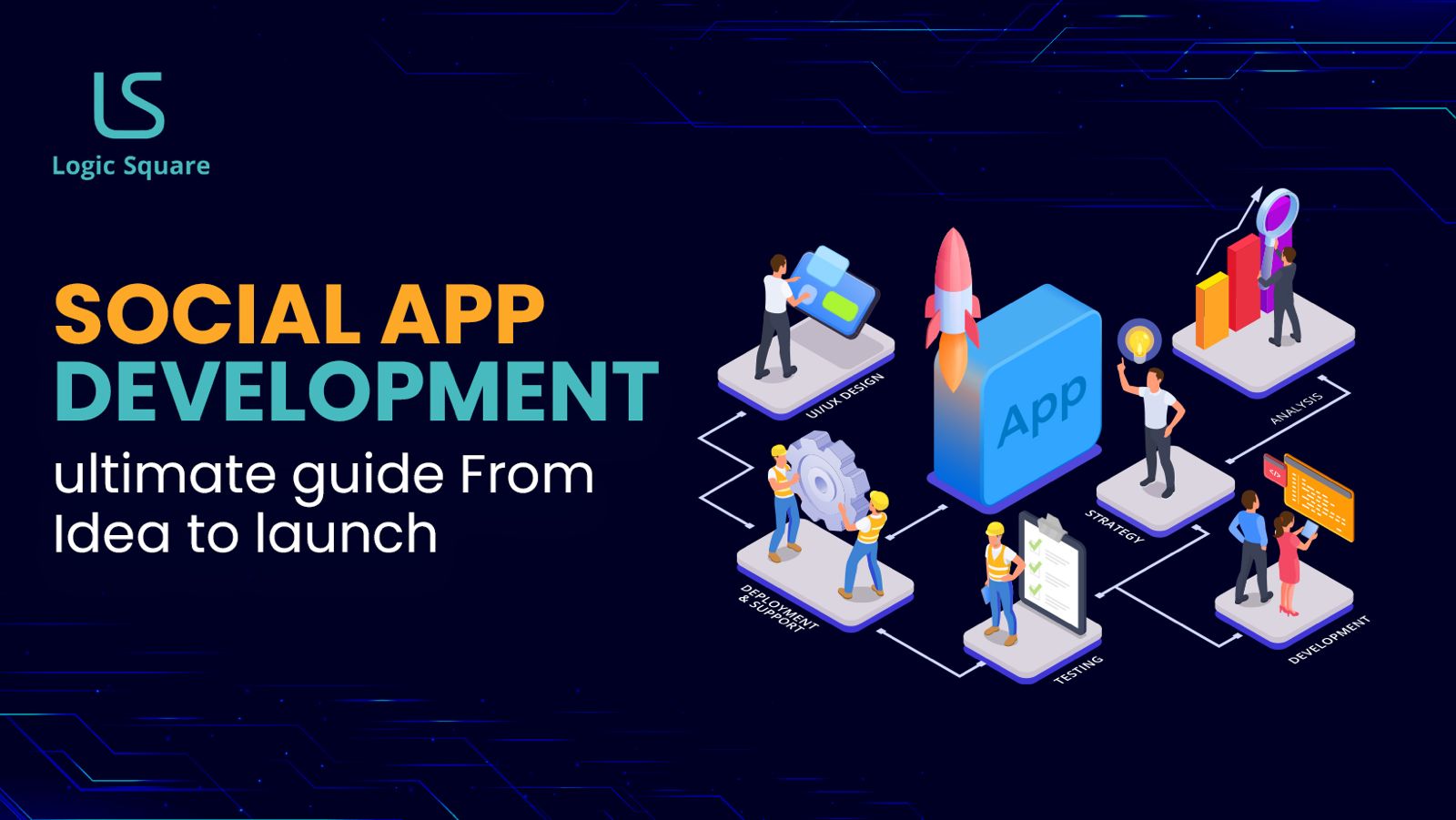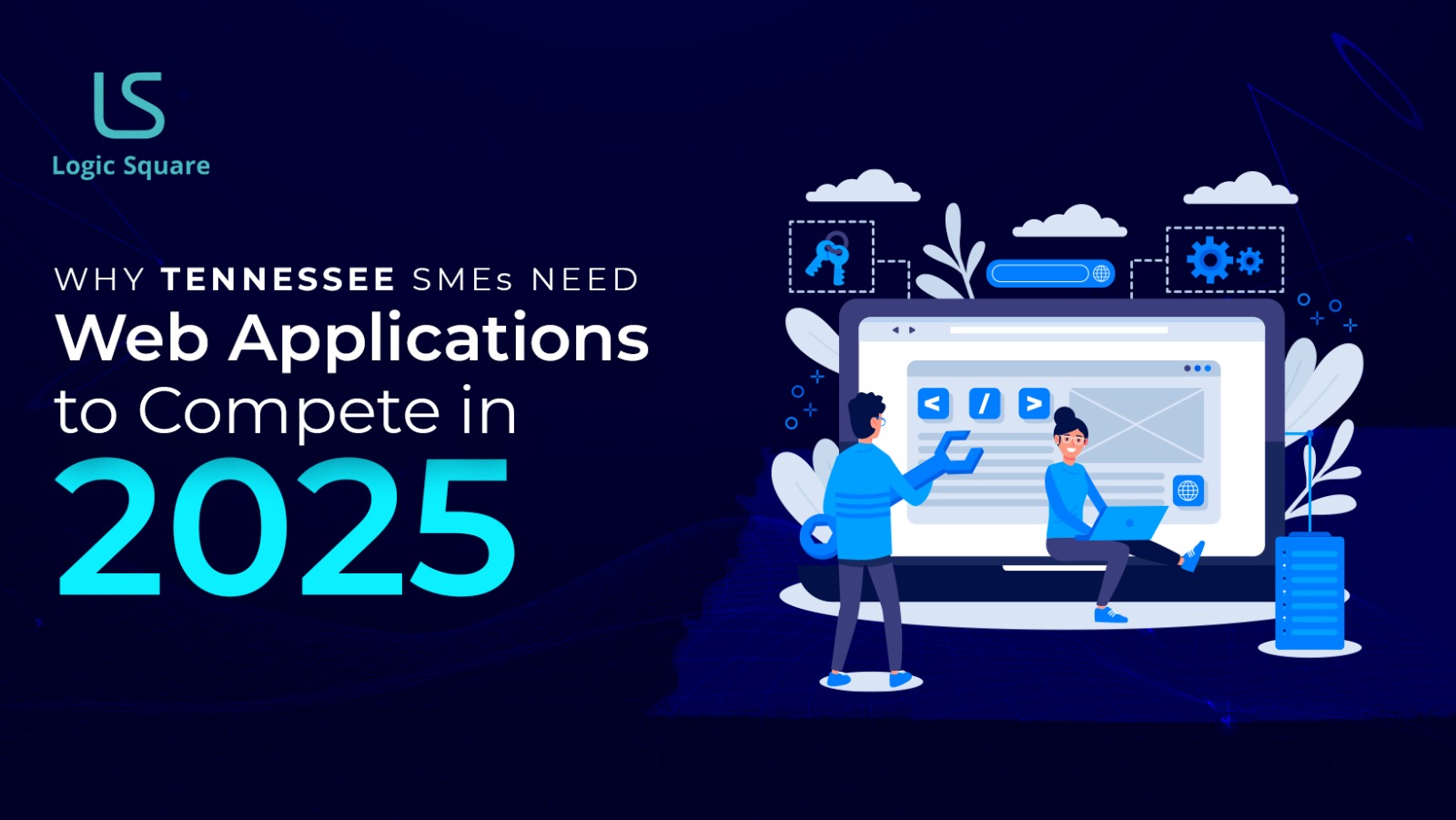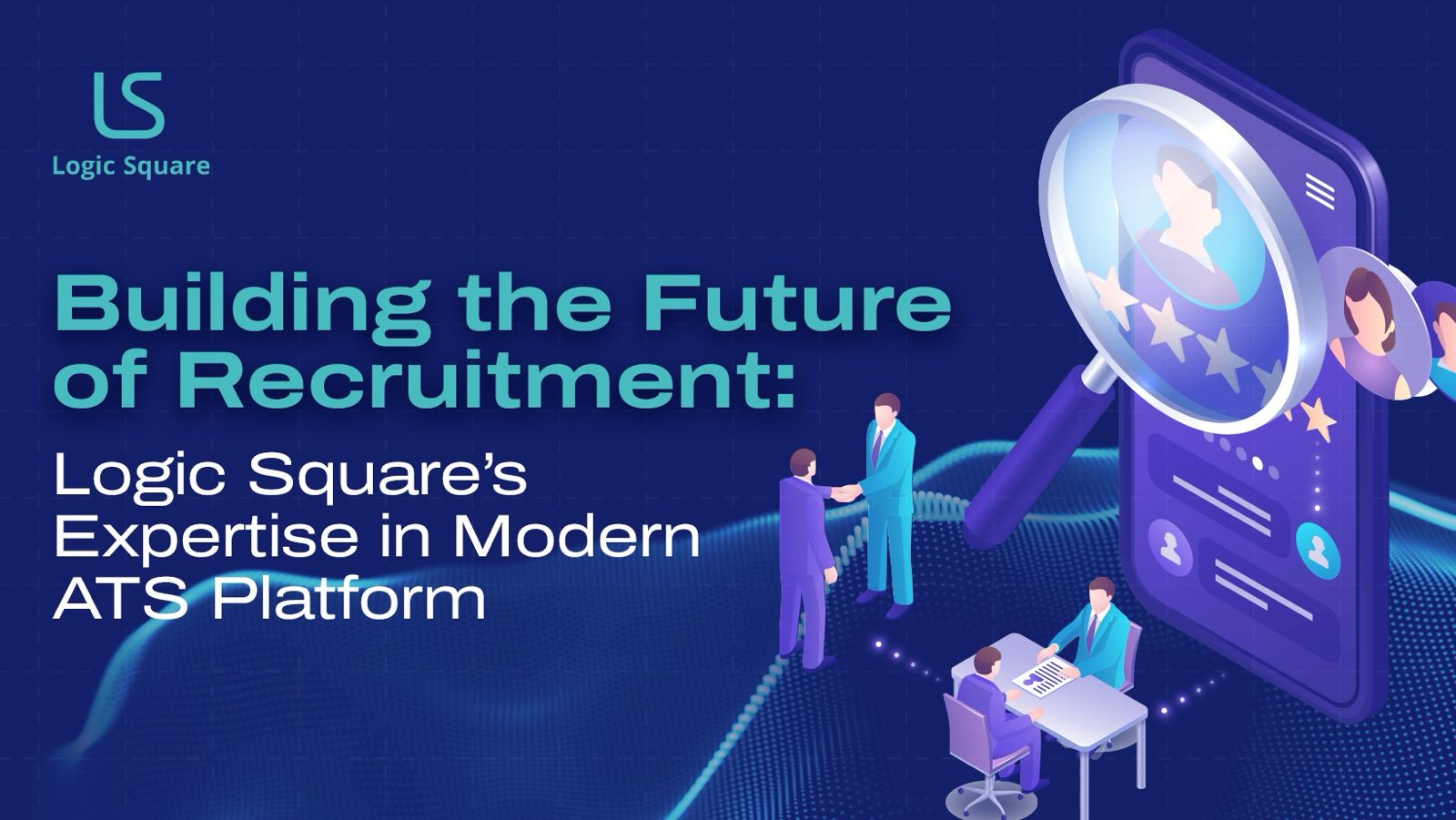As Artificial Intelligence is on rise– its use case scenarios are developing each day. Image generation from language description is one of the most popular generative AI features. Midjourney is a generative artificial intelligence program that is used to generate art forms.
Let’s understand how we can make an app similar to it.
Table of Contents
Toggle1. Understanding the Core Technology Behind AI Art Generators
AI art generators rely on cutting-edge technologies such as neural networks, deep learning, and natural language processing. Here’s a breakdown of the key concepts:
AI Models and Algorithms
At the heart of AI art generators are neural networks, particularly Generative Adversarial Networks (GANs). GANs consist of two competing neural networks—the generator and the discriminator. The generator creates images, while the discriminator evaluates their authenticity. Through this adversarial process, the generator improves over time, creating more realistic or creative images.
Computer Vision and Deep Learning
Deep learning– a subset of machine learning, is crucial for processing and understanding visual data. AI art generators utilize image recognition and computer vision technologies to understand visual patterns, shapes, and textures. These systems can take input from various sources, including text, sketches, or photographs, and then generate artwork by understanding how objects and colors combine in the real world.
Text-to-Image Models
One of the most significant advancements in AI art generation is the development of text-to-image models like DALL-E and CLIP. These models allow users to input a simple text description (e.g., “a sunset over the mountains”), and the AI generates a corresponding image. The AI understands the meaning behind words and can translate it into visual components, creating unique and often striking artwork.
2. Key Features of an AI Art Generator App
Building an AI art generator app requires understanding the essential features that users expect. Here are the key features that can make your app stand out:
User Input Interface
One of the primary interactions in an AI art generator app is allowing users to provide input in various forms. This input could be a text prompt, such as “a surreal landscape with floating islands,” or even a rough sketch. Your app’s interface should be intuitive and user-friendly, making it easy for users to create prompts and engage with the AI.
Real-Time Art Generation
For an immersive user experience, the app must generate high-quality artwork in real-time or within seconds. This requires powerful computing resources, particularly for large-scale applications that cater to numerous users simultaneously.
Customization Options
Allow users to customize their artwork. You can offer features like adjusting the art style (e.g., abstract, impressionist), changing color schemes, or controlling elements like brightness and contrast. Providing users with more control over the final image can enhance engagement and user satisfaction.
Output Sharing and Exporting
Make it easy for users to download or share their creations. Whether they want to export high-resolution images for print or share them on social media, having seamless sharing options is critical. You can also explore options for integrating the app with popular social platforms like Instagram or Twitter.
Monetization Strategies
Consider different monetization strategies, such as offering premium features, watermark removal, or high-resolution exports through in-app purchases or subscription models. These can provide additional revenue streams while offering more value to your users.
3. Tech Stack and Tools Required
Building an AI art generator app requires a robust tech stack capable of handling deep learning algorithms and delivering a seamless user experience.
Here’s an overview of the essential tools and technologies:
AI Frameworks & Libraries
Popular AI frameworks such as TensorFlow and PyTorch are ideal for training and deploying machine learning models. These frameworks offer powerful tools for working with neural networks, image processing, and large datasets. Pre-trained models like OpenAI’s CLIP or DALL-E can be used as a foundation to accelerate the development process.
Programming Languages
Python is the go-to language for AI model development due to its extensive libraries for machine learning and data science. For frontend and backend development, you can use JavaScript, Node.js, and Flask. These technologies enable efficient communication between the user interface and the backend AI models.
Cloud Services for Computing Power
AI models require significant computational power, especially when working with deep learning algorithms. Cloud services such as AWS, Google Cloud, or Microsoft Azure provide GPU-based processing that can handle large datasets and facilitate quick art generation.
Data Storage & Management
Store user data, art styles, and generated images in cloud databases like Firebase or MongoDB. These platforms offer scalability and flexibility, ensuring your app can grow with its user base.
4. Steps to Build the AI Art Generator App
To create an AI art generator app like Midjourney, you’ll need to follow these steps:
Step 1: Define Your Use Case
Before diving into the technical aspects, define the purpose of your app. Will it focus on a specific art style (e.g., impressionism, surrealism), or will it cater to different creative industries like advertising or fashion? Identifying your target audience will help shape the app’s features and design.
Step 2: Develop and Train Your AI Model
Collect and curate a large dataset of images and corresponding text descriptions. This dataset will serve as the training ground for your AI model. Fine-tune your model to ensure that it produces high-quality, diverse artwork based on user prompts. You can either build a model from scratch or fine-tune an existing pre-trained model like DALL-E.
Step 3: Build the Frontend and Backend
Create an intuitive frontend for user interaction and a robust backend to manage the AI processes. The frontend should allow users to easily input their prompts and view generated artwork. The backend should handle data processing, model inference, and serve the output to users.
Step 4: Integrate the AI Model into the App
Integrate your trained AI model into the app’s backend. Ensure smooth communication between the model and the frontend so that users can get real-time results. You may need to optimize the model for performance and efficiency to provide faster output without compromising quality.
Step 5: Testing and Deployment
Thoroughly test the app to ensure that it works seamlessly across various devices and platforms. Optimize the app for speed, accuracy, and stability, especially in high-demand scenarios. Once the app passes all tests, deploy it on cloud servers, ensuring that it is scalable and can handle increased traffic.
5. Challenges in Building an AI Art Generator App
Building an AI art generator app comes with its fair share of challenges:
High Computational Costs
Training AI models and generating high-resolution images in real-time require significant computational resources. Balancing performance with affordability can be a challenge, especially for startups or small teams with limited resources.
Quality Control
Ensuring the consistency and quality of the generated images can be difficult, as AI models may sometimes produce abstract or incomplete results. Continuous refinement and retraining of the model are necessary to maintain high standards.
Data Privacy Concerns
Your app may collect personal data from users, including their inputs and generated images. Ensuring that this data is stored securely and in compliance with data protection regulations (like GDPR) is essential.
Competition
The AI art generation space is becoming increasingly crowded, with players like DALL-E, Stable Diffusion, and Artbreeder. To stand out, your app needs a unique value proposition—whether that’s a distinct art style, faster generation times, or innovative features.
6. Future Trends in AI Art Generation
AI art is evolving rapidly, with new trends shaping the future of this industry:
Increased Personalization
As AI models improve, users will have more control over the creative process, including the ability to fine-tune styles, moods, and elements in their artwork. This level of personalization will make AI art tools even more appealing to professionals and hobbyists alike.
AI-Driven Collaboration
Instead of being seen merely as tools, AI art generators will likely become creative collaborators, working alongside human artists to co-create artwork. This collaborative approach could open up new possibilities in fields like fashion design, architecture, and filmmaking.
Real-Time Rendering
As hardware improves, AI art generators will become faster and more responsive, enabling real-time rendering of complex artworks. This could lead to exciting applications in virtual reality, gaming, and live performances.
Conclusion
Building an AI art generator app like Midjourney is an ambitious but rewarding project. With the right technology, tools, and a solid plan, you can create an app that brings the magic of AI-generated art to users worldwide. By understanding the core technologies, incorporating essential features, and overcoming potential challenges, you’ll be well on your way to developing an innovative AI art platform that stands out in a competitive market.





